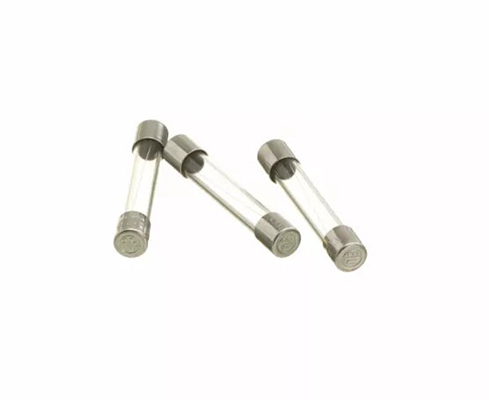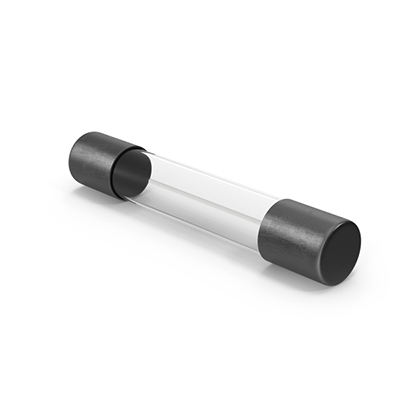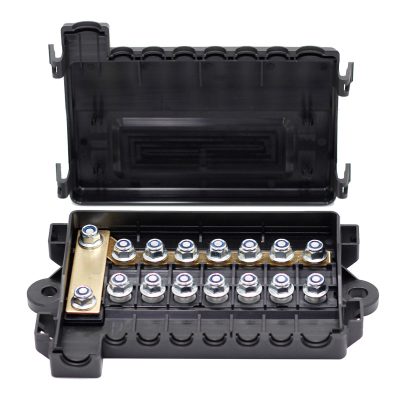Exploring 7.5A Glass Fuses in Automotive Electrical Protection
News 2025-10-27
In the realm of automotive electrical systems, the 7.5A glass fuse plays a critical role in safeguarding circuits from overcurrent conditions. These fuses are designed to interrupt the flow of electricity when it exceeds safe levels, preventing damage to wiring, components, and potentially the vehicle itself. Commonly found in cars, trucks, and other vehicles, the 7.5A rating makes them ideal for moderate-load applications. Understanding their function helps in maintaining reliable and safe automotive operations, as they offer a simple yet effective layer of protection against short circuits and overloads.

Applications in Automotive Systems
Glass fuses rated at 7.5A are widely used in various automotive contexts, such as interior lighting, dashboard electronics, and audio systems. They protect circuits in areas where current demands are not extremely high but still require precise safeguarding. For instance, in modern vehicles with complex infotainment setups, these fuses ensure that minor electrical faults do not escalate, preserving the integrity of the entire system. Their compact size allows for easy integration into fuse boxes, making them a staple in both original equipment and aftermarket modifications.
Performance Advantages of 7.5A Glass Fuses
One key benefit of the 7.5A glass fuse is its rapid response to overcurrent situations, which minimizes the risk of heat buildup and component failure. Constructed with a glass tube and metal end caps, they provide clear visual indication when blown, simplifying diagnostics for mechanics and DIY enthusiasts. Additionally, their cost-effectiveness and reliability make them preferable in automotive environments where vibrations and temperature fluctuations are common. This durability ensures long-term performance without frequent replacements, enhancing overall vehicle safety and efficiency.
Frequently Asked Questions
1. What is a 7.5A glass fuse used for?
It serves as a protective device in automotive circuits to break the current flow when it exceeds 7.5 amps, safeguarding components like lights and electronics.
2. How does it compare to other fuse types?
Unlike ceramic fuses, glass fuses offer better visibility of the fuse element, making it easier to identify failures in automotive applications.
3. Can it be used in non-automotive settings?
Yes, it can be applied in low-voltage electronics, but it’s optimized for automotive use due to its resistance to vibration and temperature changes.


